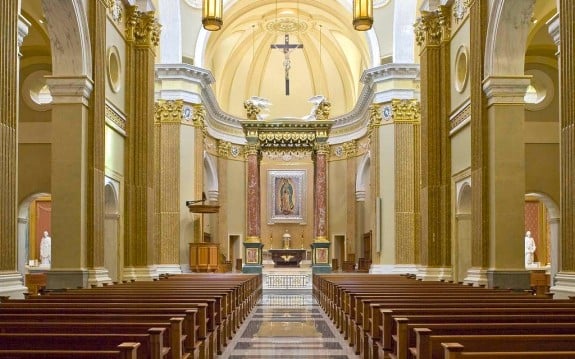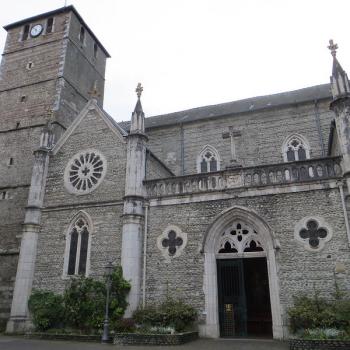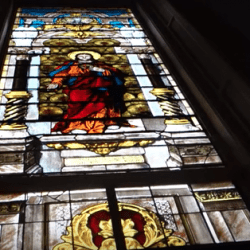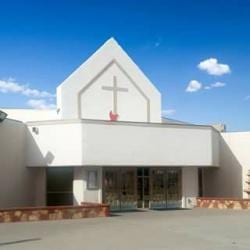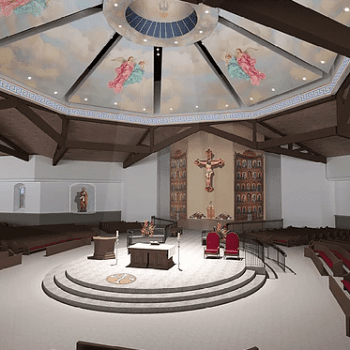I stumbled on this interesting review by Colette Arredondo of a new book by a leading Catholic architect, Duncan G. Stroik, who argues persuasively for traditional church design:
Stroik seeks an architecture that is inherently Catholic. For him, the “form follows function” concept is at odds with the purpose of a church building, which needs to do more than just serve the programmatic function of the liturgy. Catholicism is a religion of the senses, he explains. The architecture of its buildings should contribute to an atmosphere of transcendence. There should be a verticality of space—pointing heavenward—instead of the horizontality seen in many churches today, and natural light should be used to create a sense of the mystical. The sanctuary should enframe a stone altar placed at the center of the church; the sanctuary should be ornamented, elevated, and preferably covered with a dome or vault. He suggests altar rails, stating that they are “the most misunderstood parts of the church.”
…Stroik fears that the Catholic Church today has followed a trail blazed by Protestant reformers of the second half of the nineteenth century. When European reformers replaced “the visual and sensual ritual of the Mass with the verbal and textural sermon,” their churches became circular in form, with balconies, and a pulpit at the center, replacing the altar. In Europe the trend was transitory, but in America, the Second Great Awakening gained ground in rented theaters converted into chapels; the Chatham Street Theater became the Chatham Street Chapel, and subsequently new churches were built in the same form. Only when churches began to hire prominent architects who studied at the Ecole des Beaux-Arts in Paris did we see the reversal back to the traditional cruciform-shape churches.
In Catholic architecture today, fan-shaped and semicircular churches, with sloped seating for sightlines, are all-too-common. High altars have been replaced with priest’s chairs. The tabernacle has been displaced from the central axis of the church and moved to a distinguished but separate location. Stroik despairs over this faltering relationship of the tabernacle to the altar. In a fan-shaped building, the sanctuary loses its ability to enframe the altar, and therefore its prominence. This is a tipping point in the breakdown of the hierarchy of the building. As Stroik states, “the greatest loss of the sense of the sacred in our churches in recent decades is the disregard or demotion of the sanctuary within the house of God.”
Read more. And you can see some of Stroik’s beautiful work at his website.

